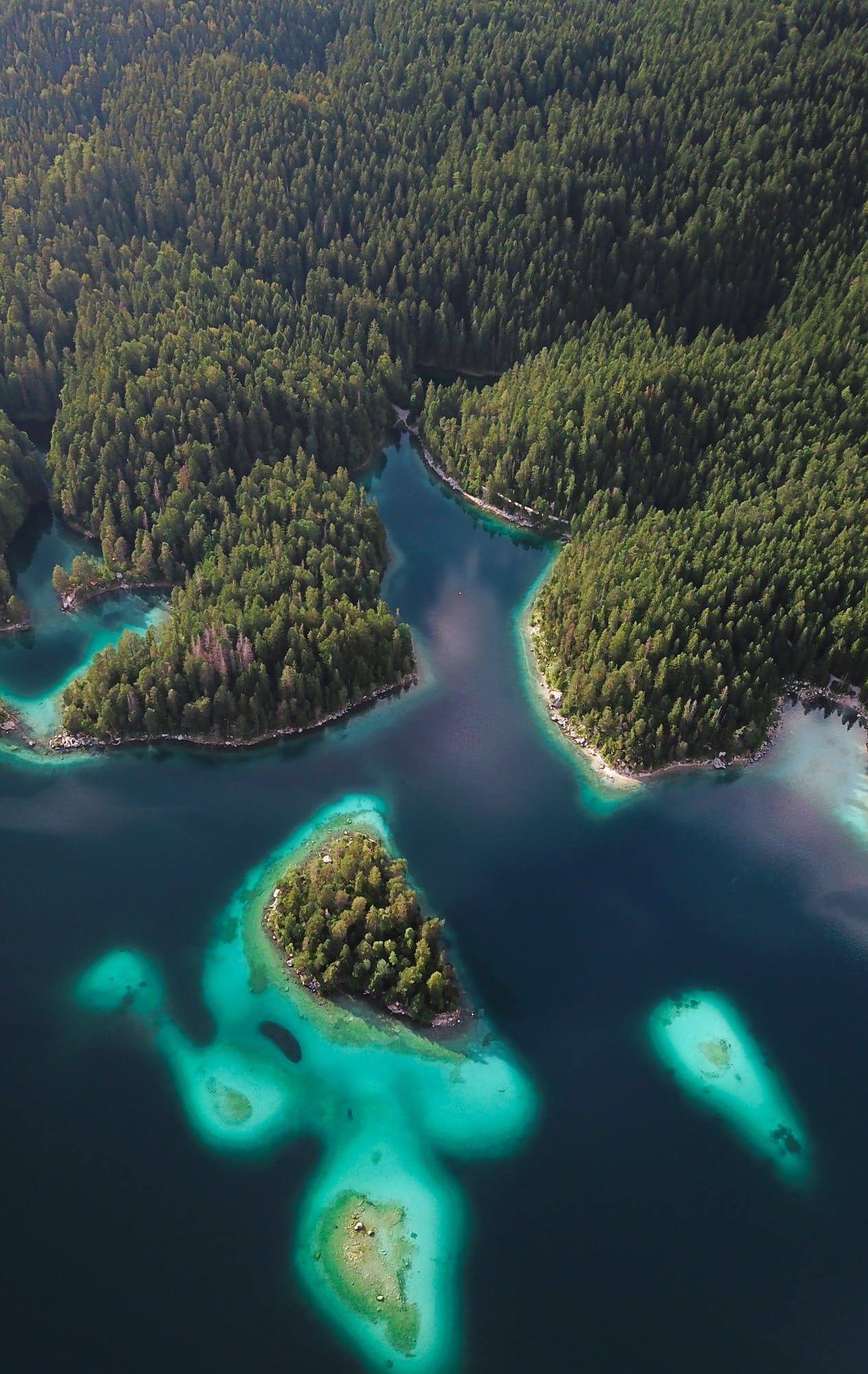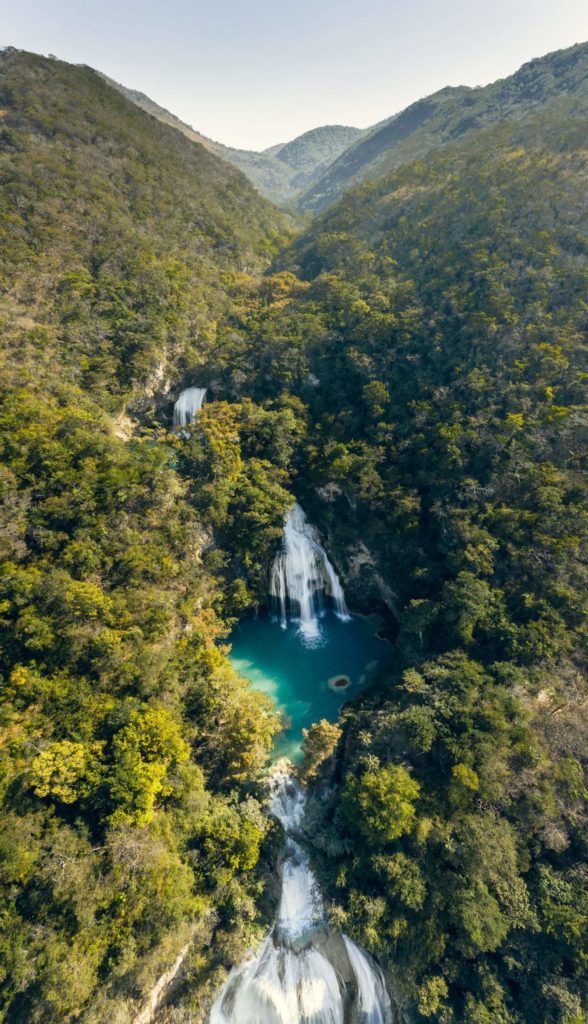How Many Trees Will We Save Using Plastic Crates?

How many trees will we save using plastic crates? The answer to this question is crucially important. How can crates save trees if they are plastic or made of any other material? It sounds reasonable when it comes to environment and sustainability, efficient use of resources and minimizing the amount of waste produced. Reusable plastic containers are a serious step towards a sustainable way of life, and of course towards saving trees.
What about Paper?

Businesses of all sizes are beginning to focus on recyclable packaging solutions. Often, they choose biodegradable materials like paper, as it is considered to be good for the environment. But paper is not a perfect solution and has lots of disadvantages.
What about trees? Don’t forget about them! Let’s return to the problem of efficient use of resources. Production of paper and paper products requires wood, and the size of this market is striking.
Do you need facts?
- It takes 24 trees to produce 1 ton of paper.
- 4 billion trees are cut down every year for paper production. That is one percent of the Amazon Rainforest – every single year.
- 90% of British Sunday newspapers are thrown in the rubbish. That is the equivalent of 500,000 trees.
WELL PACK saves 1,978,891 trees per year, washing 300,000,000 RPCs annually. This is very important for us, and we are committed to increasing these numbers. Respect for nature is the focus of our attention, and we are always introducing new technologies to utilize less energy and water, and use environmentally friendly cleaning products.
The environmental benefits of RPCs are obvious. They are made of recyclable types of plastic and create less waste, even after they are removed from use. They can be used from 30 to 120 times during their lifecycle.
Let’s Do Some Math
To understand the profit of RPCs, let’s see some data and numbers. Cardboard is a recyclable material and according to EPA, recycling one ton of cardboard saves 17 trees along with 46 gallons of oil, 4000kW of electricity, 6.6 million Btu’s of energy, 9 cubic yards of landfill space, and 7000 gallons of water.
The experts say that the weight of corrugated paper is around 97 pounds for every 1,000 square feet. This means 20,619 sq/ft for every ton of corrugated cardboard. A typical box takes 8 square feet of corrugated cardboard, so that it is possible to make 2,577 boxes per ton.
As we have calculated, 1 ton = 2,577 boxes = 17 trees. It follows from this that you can make 151.6 boxes from 1 tree. Having 152 RPCs washed, we save a bit more than 1 tree. As we have already mentioned above, this is 1,978,891 trees per year.
This means that the average number of trees saved is 59,366,730 when using reusable plastic boxes 30 times and 237,466,920 when using reusable plastic boxes 120 times.
Plastic Can Be Environmentally Friendly
 This may sound weird, but sometimes plastic is more friendly for the environment than paper. Of course, single-use plastic containers are still a problem, even if many types of plastics are recyclable today. But their reusable alternatives are quite another matter. Reusable plastic bags will serve longer than paper ones, and reusable plastic cups used 10 times will stand for 10 single-use tumblers.
This may sound weird, but sometimes plastic is more friendly for the environment than paper. Of course, single-use plastic containers are still a problem, even if many types of plastics are recyclable today. But their reusable alternatives are quite another matter. Reusable plastic bags will serve longer than paper ones, and reusable plastic cups used 10 times will stand for 10 single-use tumblers.
Let’s talk about a Starbucks plastic reusable cup. This company runs 32,660 stores in 83 countries, and its representatives believe that reusable cups are an important component of their overall waste reduction strategy. According to their reports, the number of customers who bring their own tumblers into the Starbucks stores is increasing. As they are a trend setter, it is highly possible that they will inspire other coffee retailers, coffeehouses, cafes, and restaurants to follow their sustainable decision.
RPC is another popular plastic solution that is already in use by large supermarket chains. RPCs are great for food products: baked goods, fruit, vegetables, meat, eggs, fish, and other perishable foodstuffs. RPCs are extremely popular among companies that deliver foods, bakeries, greengrocers, and other shops that need their goods to stay fresh and undamaged.
Multi-Trip Plastic Packaging
 Of course, it is impossible to create a totally paperless society, and some paper products will remain single-use. But it’s entirely possible to replace single-use paper with reusable plastic when it comes to packaging.
Of course, it is impossible to create a totally paperless society, and some paper products will remain single-use. But it’s entirely possible to replace single-use paper with reusable plastic when it comes to packaging.
RPC crates, totes, and boxes help to minimize the company’s environmental impact, as they are used over and over again, and allow us to ship more products with less packaging material. They are meant to be used for years, and we have less solid waste as a result. There is no need to recycle or remanufacture them, translating into lower CO2 emissions. The reusable containers provide better product protection and reduce food waste by keeping food fresher for longer.
In fact, 1 RPC is typically used 30-120 times. This means that it replaces 30-120 cardboard boxes. RPC cleaning is the only procedure that is needed to support plastic crate functionality, and WELL PACK solves this problem with the help of highly efficient pallet box washing machines that ensure the best result.
TAGS: #Ecology #Environment
